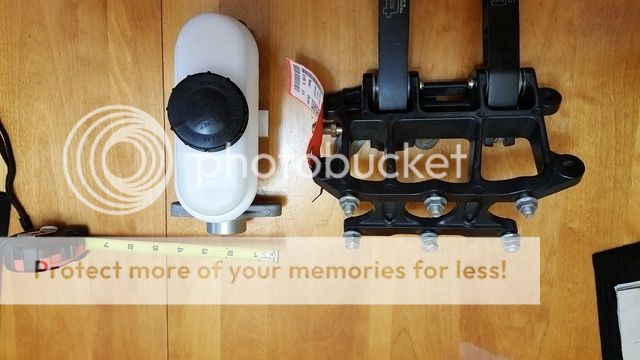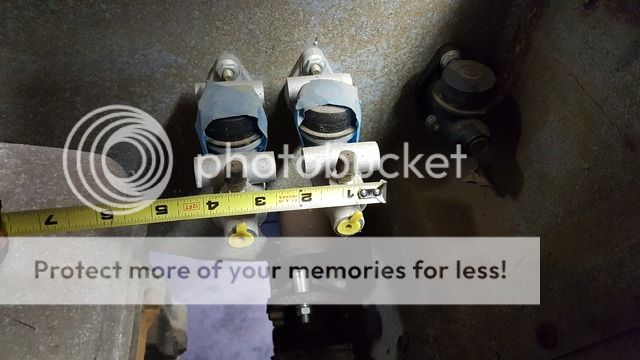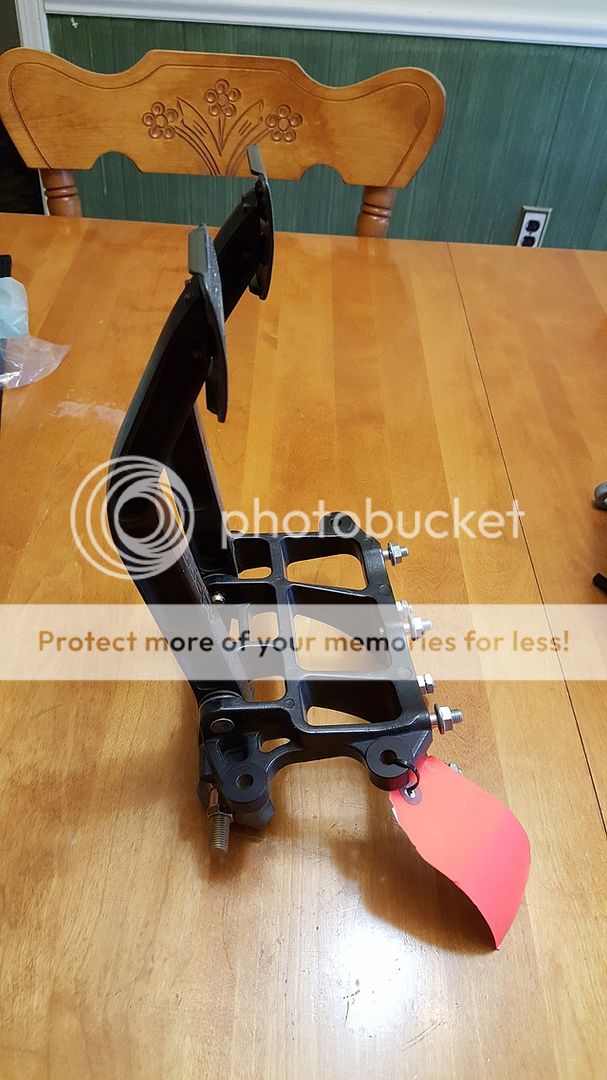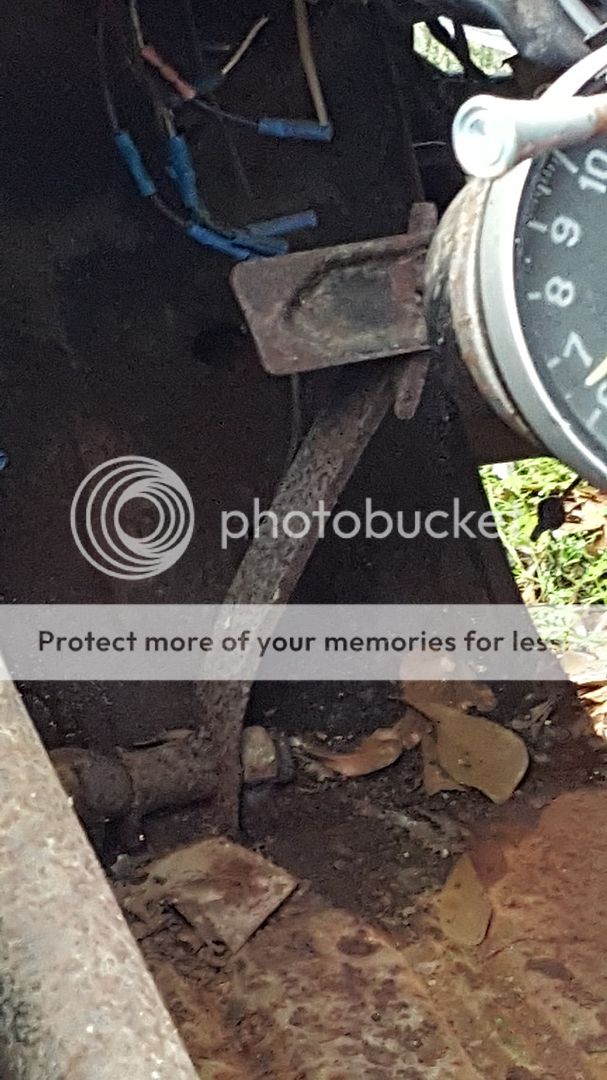I bought my pedal assembly a year or so ago. It came with a pair of master cylinders of unknown specs. With a bit of research I've been able to determine that they are both 5/8" bore. To me that seems small. They will not be boosted. The front master is likely to be used with the GM metric callipers that come with Speedway brake kits. The rear brakes are a bit of a question right now. The axle is from an '88 T-Bird Turbo Coupe that came from the factory with the same disc brakes as used on the high end Mustangs...but the callipers are gone and the rotors are scrap. I have gotten a nice pair of drilled and slotted rotors, but I still need callipers. I'll probably just go with Ford OEM callipers.
Now the big questions. Are the 5/8" bore masters sufficient for the front and rear brake configurations? If not, what size bore(s) would be best?
Now the big questions. Are the 5/8" bore masters sufficient for the front and rear brake configurations? If not, what size bore(s) would be best?











